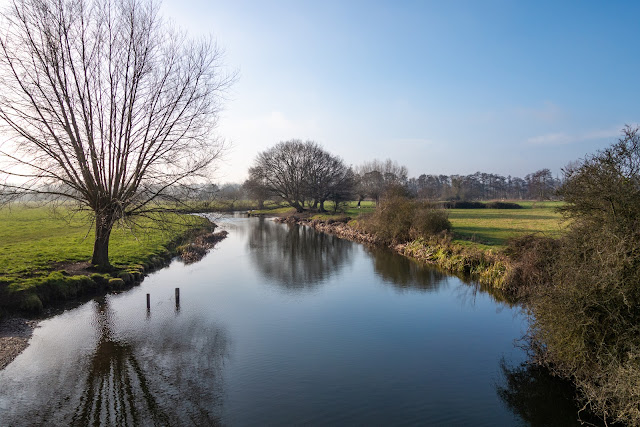Just swanning about

Swans are beautiful birds, you can find them almost anywhere there is a river. In Layham, we are treated, most years, to at least one pair with a clutch of eggs, and a trail of cygnets in due course. This year being no exception. Most swans mate for life, with the odd exception. It gives them a higher chance of raising more young than `sleeping around`! Most of the time we see swans like this. Serenely gliding along ... Other times looking for lunch! Swans living on fresh water will typically eat pond-weed, stonewort and wigeon grass, as well as tadpoles and insects such as milfoil. Swans living on salt water will typically eat sea arrow grass, salt marsh grass, eel grass, club rush and green algae, as well as insects and molluscs. It`s best not to feed them bread as the mouldy leftovers can cause them problems. I have read that this behavior is called `busking`. I am not convinced, as I thought that was when they lowered the...




